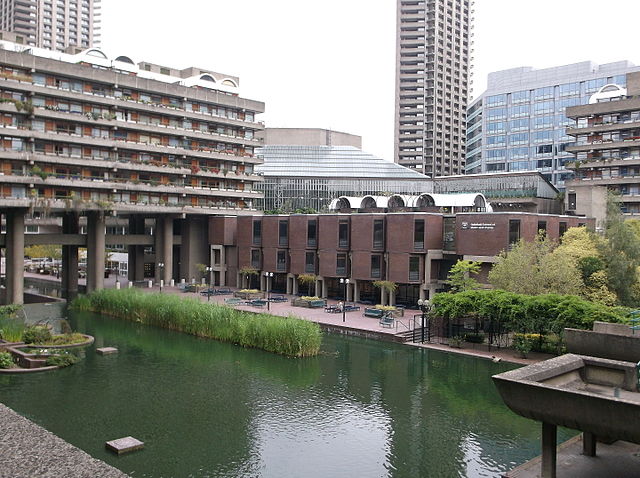iPaulina

The Noguchi Exhibition
The ideas behind his creative work.The Noguchi exhibition at the Barbican pays a beautiful tribute to the Japanese-American Artist, Isamu Noguchi and to his aesthetic wedding sculpture and design through his unique narrative. The exhibition, spanning two floors, is a playful yet meaningful interaction between his stone and metal statues inspired by artists such as Brâncuși, and his delicate, warm akari lamps made from washi paper with a bamboo frame (Japanese for light).
Throughout his life, Noguchi explored a variety of different mediums and styles of art and architecture. Greatly inspired by traditional Japanese art and by the biomorphic style of Surrealism, Noguchi managed to create publicly accessible furniture and architecture based on an exploration of his identity and the world around him. Noguchi took continuous inspiration from the world around him on a personal, global, and a metaphysical level, exploring relationships between time and space with statues while also creating massive politically charged murals, such as the one in New Mexico.
Noguchi was interested in space, ‘and the movement of people and objects within space. There is a certain magic to it. It is if you are inventing a certain order of things – I believe there is a secret relationship between space objects, and perceptible and imperceptible movements.’ His play with dimensional fluidity is seen in his sculptural work mainly, in which he uses Japanese philosophies involving the ‘relative value of things’ and equilibriums of states to create effect. To quote his words: ‘What is the point of soft without hard, or weight without lightness? […] Light things handled as if they’re heavy, heavy things as if they’re weightless – in this way, one finds an almost complete control over nature compared to being dominated by it.’
His works radiate energy inward, almost possessing an otherworldly, calming hum. His play and intertwining of these different elements result in an expression of lyrical and emotional intelligence, accompanied by an aura of mystery. Throughout his life, as a Japanese-American, he found himself in a continuous internal debate as to where he truly belonged, and political situations and tensions caused him to probe into this question more deeply due to the divide between his heritages. Essences of both cultures are encapsulated in his works: ‘I find myself a wanderer in a world rapidly growing smaller. Artist, American citizen, global citizen, belonging everywhere but nowhere.’ Not only is this exhibition a sophisticated firework display of creativity and identity, but you also find yourself leaving the gallery with a deeper historical understanding of Japanese-American history, and a further enriched outlook on the metaphysics on the world itself.
Francesca, LV







